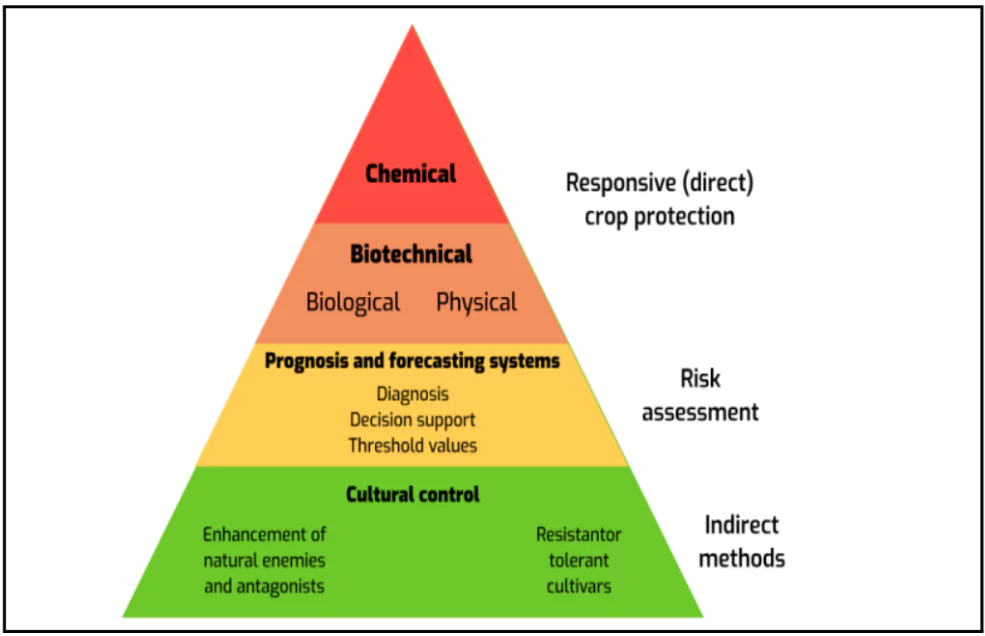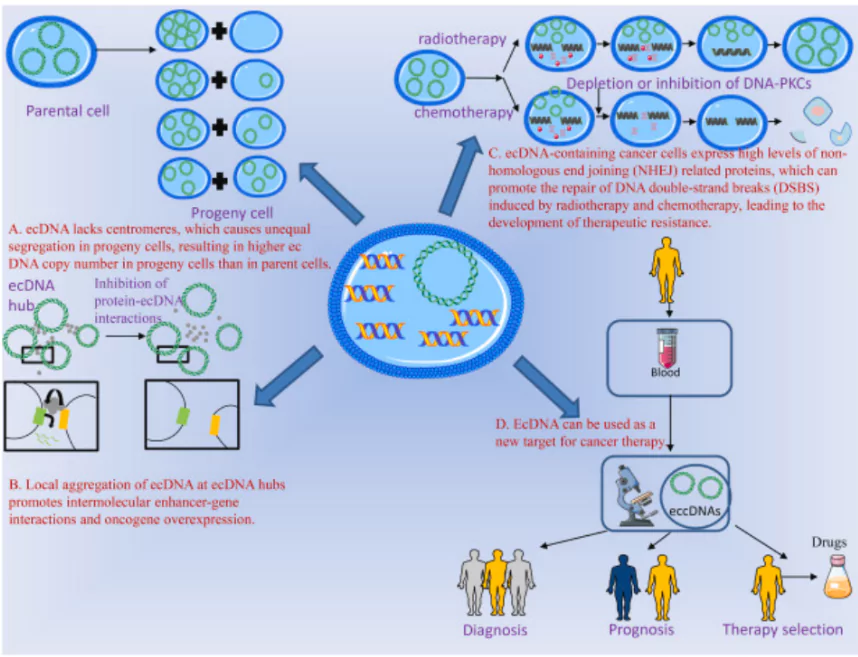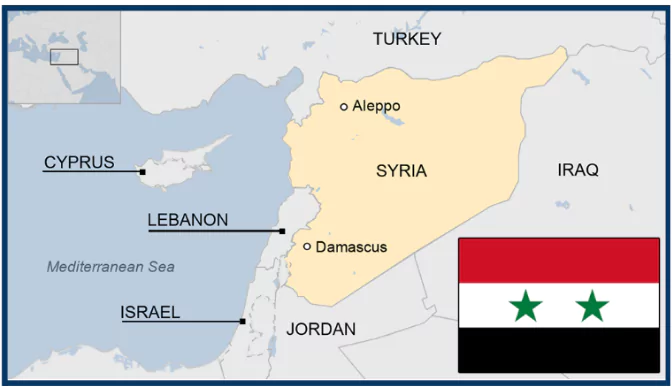In the ongoing Winter Session of the Parliament, the Union Environment Ministry presented data that highlighted the issue of coastal erosion in India.
Organisations Involved In Coastal Management In India:
|
|---|
Coastal erosion primarily occurs through four main processes:
| Aspect | Hard Engineering | Soft Engineering |
| Approach | Artificial structures to control erosion. | Natural solutions to reduce erosion impact. |
| Cost | High initial costs and maintenance. | Lower costs, often with long-term savings. |
| Environmental Impact | Can disrupt natural processes and habitats. | Generally more eco-friendly and sustainable. |
| Longevity | Long-lasting but may need maintenance. | Adaptive and may evolve over time. |
| Examples | Sea walls, groynes, breakwaters, rock armour. | Beach nourishment, mangrove restoration, coastal vegetation , sand dune stabilisation. |
International Efforts to Combat Coastal Erosion
|
|---|
Global Examples for Coastal Management:
|
|---|
Recently, UNCCD and the UN University Institute for Water, Environment, and Health UNU-INWEH released the report, ‘Economics of drought: Investing in nature-based solutions for drought resilience – proaction pays,‘ at the 16th Conference of the Parties (COP16) to UNCCD in Riyadh, Saudi Arabia.
About United Nations Convention to Combat Desertification (UNCCD)
|
|---|
About Land Degradation Neutrality (LDN)- UNCCD
|
|---|

Hotspots of Land Degradation
Disproportionate Impact on Low-Income Countries
|
|---|
Global Efforts
|
|---|
Policy Recommendations of UNCCD Report:
|
|---|
Land degradation poses a significant threat to ecosystems, livelihoods, and global sustainability. Addressing this challenge requires a coordinated approach that combines sustainable practices, technological innovation, and community participation.
The Government of India and the Asian Development Bank (ADB) signed a $98 million loan to promote plant health management in India’s horticulture.

Horticulture Sector in India
|
|---|
U.S. President Joe Biden has recently granted an unconditional pardon to his son, Hunter Biden, who faced federal tax and gun convictions.
| Aspect | US President | Indian President | Indian Governor |
| Constitutional Provision | Article II, Section 2, US Constitution | Article 72, Indian Constitution | Article 161, Indian Constitution |
| Applicability | Federal crimes only; excludes impeachment cases | Offenses under Union laws, court-martial, and death sentences | Offenses under state laws; excludes death sentences and court-martial |
| Time of Pardoning | Can be granted before or after conviction | Post-conviction only | Post-conviction only |
| Level of Discretion | Absolute; no requirement for advice or approval | Based on Cabinet advice; limited discretion | Based on state government’s advice; limited discretion |
| Extent of Power | Broad and independent; includes self-pardons | Limited; cannot act independently of government | Limited to state law offenses; cannot act independently |
| Types of Pardoning | Pardon, reprieve, commutation, remission, amnesty | Pardon, reprieve, commutation, remission, respite | Pardon, reprieve, commutation, remission, respite |
| Court-Martial Cases | No provision | Included | Not included |
| Death Sentence | Can pardon | Can pardon | Cannot pardon. He can only suspend/remit/ commute the death sentence. |
| Judicial Review | Not subject to judicial review | Subject to judicial review if arbitrary, mala fide, or irrational | Subject to judicial review if arbitrary, mala fide, or irrational |
| Role of Other Bodies | No mandatory consultation | Requires advice from the Council of Ministers | Requires advice from the State Council of Ministers |
| Self-Pardoning | Possible (controversial and untested) | Not applicable | Not applicable |
The ICJ began hearings in a case that seeks its advisory opinion on the obligations of countries on climate change under existing international laws, and the legal consequences of those obligations.
Vanuatu
|
|---|
Climate Litigation
|
|---|
A 26-member ACNAS high level panel chaired by Biswanath Goldar has been constituted to revise India’s GDP base year from 2011-12 to 2022-23 under the Ministry of State for Statistics & Programme Implementation.
3 Papers published in the journal Nature by a team called eDyNAmiC explored how ecDNA is formed and contributes to the progression of cancer and drug resistance.
About DNA (deoxyribonucleic acid)
Types of DNA
|
|---|

Recently, Hayat Tahrir al-Sham (HTS), a rebel militia, seized Aleppo, the 2nd largest city of Syria.


Context: India has contributed $2 billion to the BRICS New Development Bank (NDB) in seven installments between 2015-16 and 2021-22.
Context: Recently, the US approved a $1.17 billion deal to provide support equipment for India’s MH-60R Seahawk helicopters.
Context: The 4th edition of India- Malaysia Joint Military Exercise HARIMAU SHAKTI commenced recently, at Bentong camp, Pahang district, Malaysia.
<div class="new-fform">
</div>